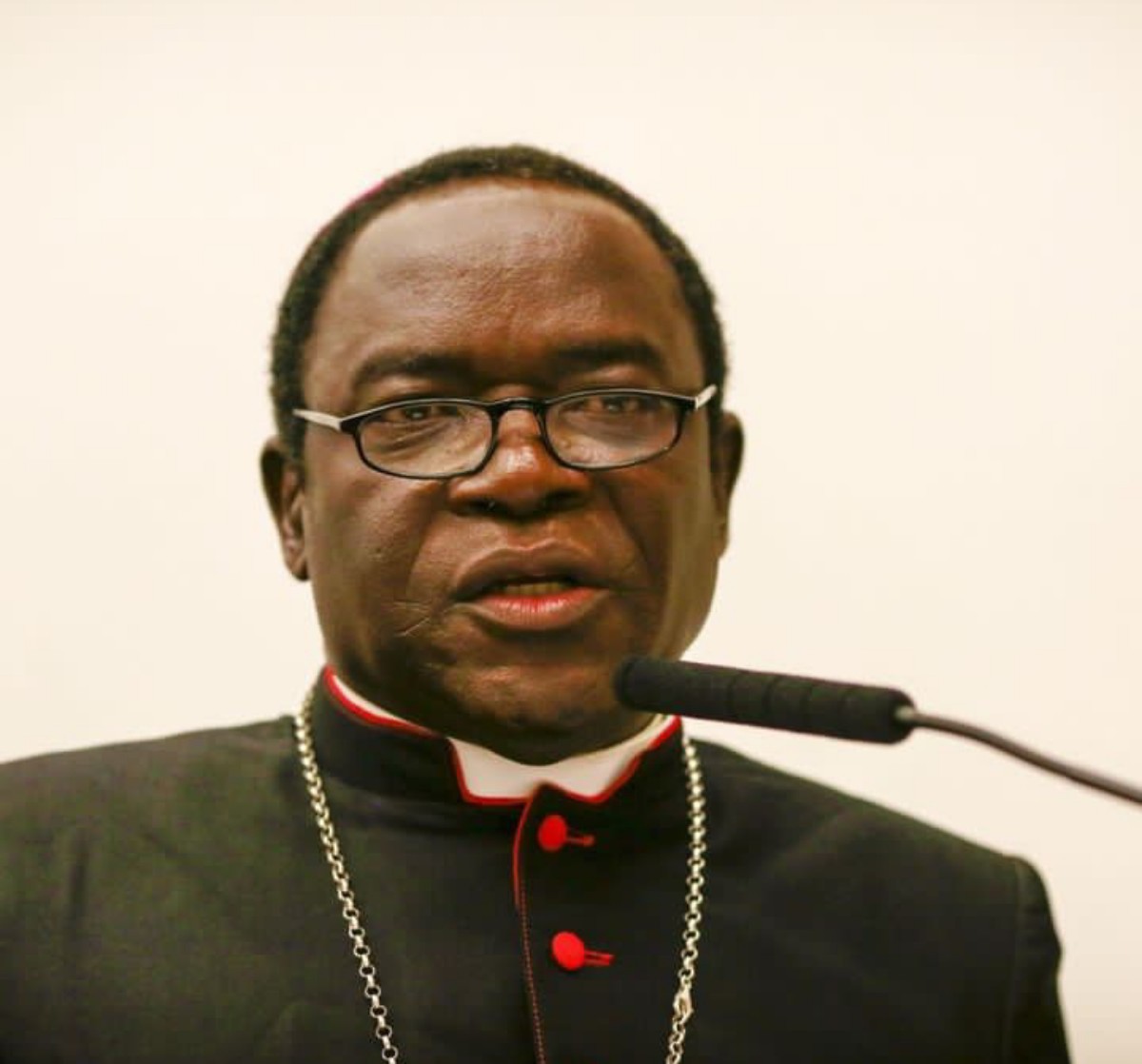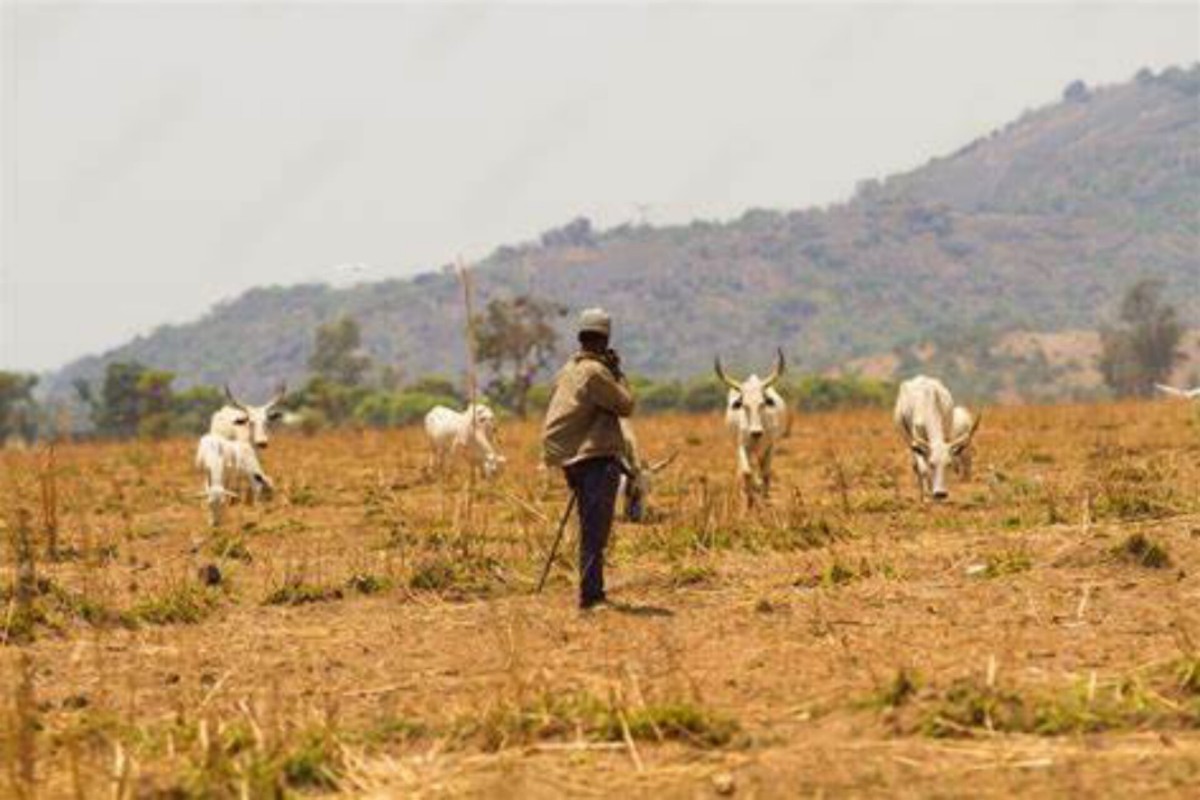According to the Center For Disease Control & Prevention (CDC), Monkeypox is a rare disease that is caused by infection with the monkeypox virus. Monkeypox virus belongs to the Orthopoxvirus genus in the family Poxviridae. The Orthopoxvirus genus also includes variola virus (which causes smallpox), vaccinia virus (used in the smallpox vaccine), and cowpox virus.
Monkeypox was first discovered in 1958 when two outbreaks of a pox-like disease occurred in colonies of monkeys kept for research, hence the name ‘monkeypox.’ The first human case of monkeypox was recorded in 1970 in the Democratic Republic of the Congo (DRC) during a period of intensified effort to eliminate smallpox.

The virus has unexpectedly spread abroad this month, posing questions about what precisely it is and how dangerous it might be.
Since 13 May 2022, cases of monkeypox have been reported to WHO from 12 Member States that are not endemic for the monkeypox virus, across three WHO regions.
Three suspected cases have been reported in the US, 20 in the UK, 23 in Portugal, and 30 in Spain so far.
A relatively mild viral infection, the disease has a six-to-16 day incubation period and sees patients first suffer fever, headaches, swellings, back pain, aching muscles and a general listlessness in its opening stages.
Once that passes and the fever breaks, the sufferer will experience a skin eruption, in which a rash spreads across the face, followed by the rest of the body, most commonly the palms of the hands and soles of the feet.
The blemishes evolve from lesions into crusted blisters, which can then take three weeks to heal and disappear.
According to the US Centers for Disease Control and Prevention: “The main difference between symptoms of smallpox and monkeypox is that monkeypox causes lymph nodes to swell (lymphadenopathy) while smallpox does not.”
The virus can be difficult to diagnose without the aid of laboratory analysis because of its superficial similarity to other afflictions that result in a rash, such as chickenpox, measles, scabies, and syphilis.
The World Health Organization (WHO) has traced the sickness to the tropical rainforests of Central and West Africa and defines it as a viral zoonotic disease – meaning it can be transmitted from animals to humans – with the first case recorded in what is now the Democratic Republic of Congo in 1970.
While it would have initially been transmitted to humans by contact with the blood or bodily fluids of contaminated primates, or via intermediary rodents such as tree squirrels and Gambian rats, it is much more likely to be caught by fellow humans.
At present, there is no vaccine or specific treatment available but the pre-existing smallpox one has proven to be 85 percent effective at combating the disease.
The UK Health Security Agency (UKHSA) is currently investigating possible connections between infected patients and noted that four diagnosed together on Monday 16 May were all gay or bisexual men, warning that that could indicate the virus is being sexually transmitted among that community.

Mateo Prochazka, an infectious disease epidemiologist at UKHSA who is leading the agency’s investigation, said that shared circumstance was “highly suggestive of spread in sexual networks”.
Dr. Susan Hopkins, the chief medical adviser to the UKHSA, said in a statement this week: “We are particularly urging men who are gay and bisexual to be aware of any unusual rashes or lesions and to contact a sexual health service without delay.”
The Spanish newspaper El Pais has meanwhile quoted Elena Andradas, head of public health for the Madrid region, as saying, “22 of the 23 suspected cases have reported having had sex with other men in recent weeks”.
However, some scientists have cast doubt on the theory that monkeypox might have developed the ability to transmit sexually.
“It may not be actual transmitted by sexual intercourse rather than the close contact associated with sexual intercourse,” said Professor Keith Neal, an epidemiologist at the University of Nottingham.
“Further work looking at whether the virus is found in semen is required to say truly sexually transmitted.”
Professor Francois Balloux, director of UCL Genetics Institute, said: “I would urge some caution at this stage before concluding that monkeypox has morphed into a sexually transmitted infection.
“Monkeypox is not particularly transmissible and the number of cases to date where the route of transmission is known remains relatively small.”
Epidemiological investigations are ongoing but at the moment, there is no proven, safe treatment for monkeypox virus infection. For purposes of controlling a monkeypox outbreak in the United States, the smallpox vaccine, antivirals, and vaccinia immune globulin (VIG) is used.
Sources: www.who.int, www.cdc.gov











































































